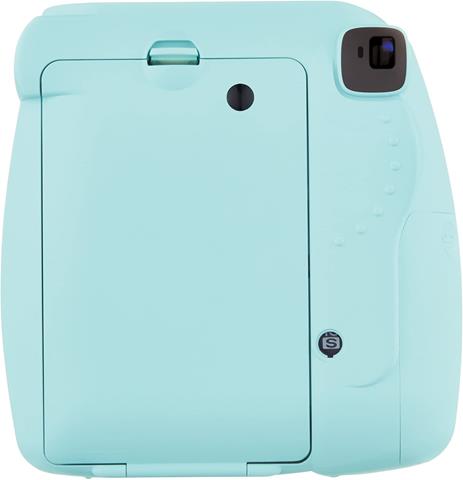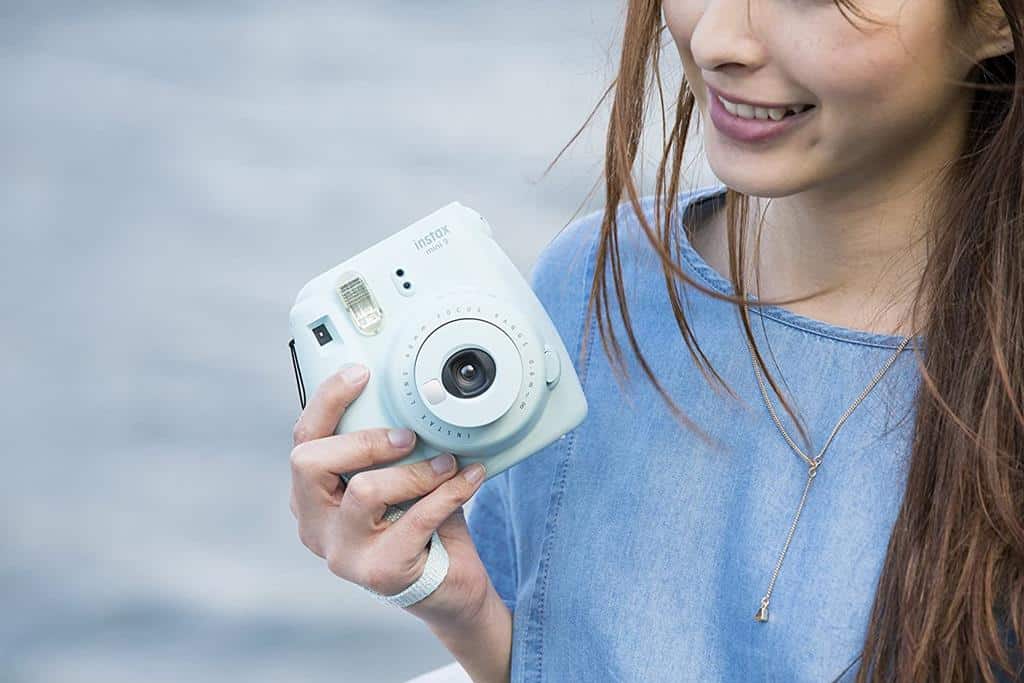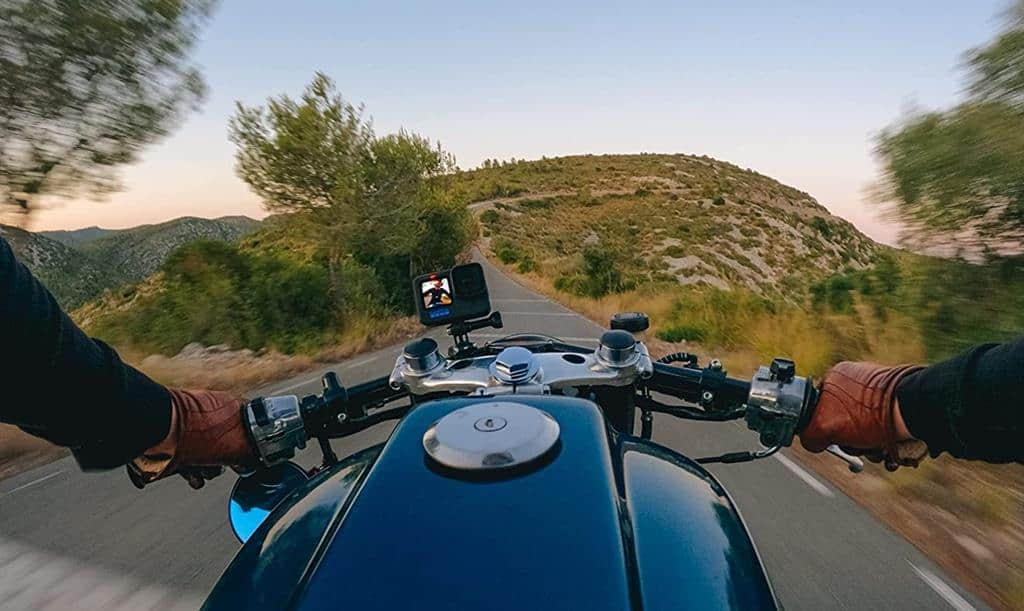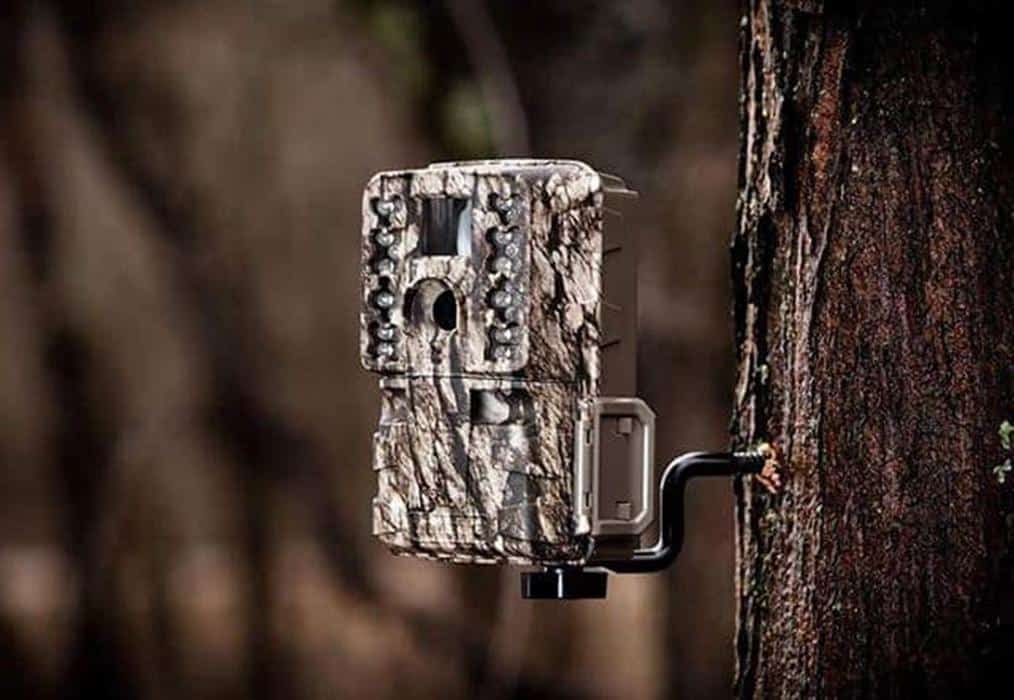Fujifilm Instax Mini has changed the perspective of the instant cameras because of their vibrant colors, technology, and lightweight design. On top of that, each new releases make people very confused about which one to get.
And that opens the debate of Fujifilm Instax Mini 11 vs 9 among every Instax lover. Why?
Well, the Mini 11 is an updated version of the Mini 9. There have been many changes in Mini 11, like it comes with a selfie mode, whereas in Mini 9 there’s a mirror for easy selfies. Also, the Mini 11 comes with a more handy and better-looking design.
But that’s not all; there are many slight changes as well. So if you want to get a clear idea about the Mini’s, keep reading. In this article, you’ll get to know more about the differences between the Mini’s.

Quick Overview on Instax Mini 11 vs 9
Both the Instax Mini 9 and 11 are famous instant cameras due to their compact and sleek design. They are designed to do amazing instant photography. Here are more details about both these devices.
Fujifilm Instax Mini 11
This newest addition to Fujifilm’s wildly popular Instax Mini camera range is the Instax Mini 11. As a replacement for the Instax Mini 9, the Mini 11 is now everyone’s go-to choice to get started with instant photography.
An imposing rectangle with rounded corners is built from matte-finished plastic to make up the camera itself. The camera front has a power button that pulls out the lens and activates it. Manually extending the lens decreases the minimum focus distance to 0.3m in “selfie mode.”

Selfie framing is made easier by including a tiny mirror adjacent to the lens. There’s an optical viewfinder in the upper left-hand corner, as well as a flash and a shutter button, all of which may be replaced with rubber buttons.
Strap attachment hooks, AA battery compartments, and an exposed instant print ejection port are all found on each side of the camera. A little counter that shows how many shots are left, as well as a film-loading container, can be found on the back.

Pros
- Much more user-friendly.
- A more vivid and detailed picture.
- Selfie mode is now simpler than ever to use.
- Lighter and thinner than Instax cameras of the same kind.
- System for automated lighting.
Cons
- There’s no memory card to save photos.
Fujifilm Instax Mini 9
Despite the wide variety of instant cameras available, the Instax Mini 9 is an entry-level model that is within reach of the typical person. If you’re just starting out in photography and don’t want to spend a lot of money on an expensive camera, this is a wonderful camera to get.

Well, this one won’t quench your thirst if you’re looking for a camera with a focus shot, zoom, or any other digital capabilities at all. It’s designed to be enjoyable and easy to use, both visually and functionally,
In order to get the greatest results from the limited features it does have, it depends on capturing images in the strong sunlight.

Pros
- AA batteries are required for operation.
- Included viewfinder for the eyes.
- A macro adapter is included.
- A wide selection of color and black-and-white films.
- Composing a photograph is made much easier thanks to auto exposure.
Cons
- Overexposure is a common problem in bright circumstances.
Comparison Table: Instax Mini 11 vs 9
| Parameteres | Fujifilm Instax Mini 9 | Fujifilm Instax Mini 11 |
| Focusing Range | 0.6 | 0.3 or more |
| Weight | 307gm | 293gm |
| Shutter Speed | 1/60 sec/speed | 1/02 to 1/250 sec/speed |
| Exposure Control | Manual | Automatic |
In-Depth Differences: Fujifilm Instax Mini 11 vs 9
Now, look at some factors given below that differentiate the Instax Mini 11 and 9.
Design
The major changes between the mini cameras are the design and look. There’s no denying that the primary purpose of these cameras is to have fun. For that reason, Fujifilm has made the cameras in a non-traditional and funky way.
However, the Instax Mini 9 has a wide design that looks so big when you hold the camera, whereas the Mini 11 features a more slimmed and narrowed body which is easy to carry even in small hands.
Another noticeable fact in the Mini 11 is that the thumb rests at the back of the camera, making it easier to handle, which isn’t available in the Mini 9. That’s why most of the users complain about the Mini 9, as holding the camera for a while is quite uncomfortable.
One more thing that has changed in the Mini 11 is the viewfinder. In the Mini 9, the viewfinder has a square shape that’s very tiny compared to the camera’s whole body.
But in the Mini 11, the viewfinder comes with a circular shape that adds an extra level to the overall sleek design of the camera.
Specifications
With a maximum aperture of f/12.7, the Mini 9’s 60mm lens is ideal for interior photography, and the camera’s built-in flash is a fantastic addition to the camera. A 35mm lens on a full-frame camera has a wider field of view than the lens.
A clip-on macro adapter is included with the camera. It’s attached directly to the lens and can focus on objects between 13 and 19.7 inches. The closer or more away anything is, the hazier it is.
On the contrary, the Min 11 lens has reasonable wide-angle coverage, equivalent to a full-frame 35mm prime. As a result, a minimal f/12.7 aperture is used to keep the optics compact and economical for Instax Mini film, which has a 1.8-by-2.4-inch imaging area.
That being said, you’ll need the use of the flash whenever you take a picture inside or in low light. However, some of its users have complained about overexposure in challenging conditions.
Automated vs. Manual Exposure
Automated exposure is a major difference between the Instax 9 and the Instax 11. The Instax Mini 9 camera has a legendary reputation for having 5 different pre-programmed exposure settings to assist users in taking the finest possible pictures with their camera.
When you’re in a rush, you may effortlessly switch between each setting by using a simple dial.
When you use the Instax Mini 11 camera, you won’t have to worry about switching. Fujifilm improved it by automatically adjusting the flash output and shutter speed based on the current scene and lighting conditions. If there’s not enough light in a specific area, this might be difficult to determine.
The Instax Mini 11’s automatic exposure function is a huge time-saver. As a beginner in the world of instant photography, this model makes it easy for you to get started. However, the Instax 9 is ideal if you want the more creative preset exposure settings.
Image Quality
Many instant cameras give a dreamy and vague color. With the Fujifilm Mini 9, you’ll get the photos like traditional cameras with actual color, and it’ll also undoubtedly give you a vintage vibe. But to get a photo, as mentioned, you need to be careful to have the correct exposure.
Moreover, the camera’s focus is virtually always on target, even when the subject is more than 2 meters away. An additional close-up adapter works well for items within 30 to 60 cm, but any closer or beyond, your images will be fuzzy.
Comparatively, the Mini 11’s image quality is excellent. In most situations, the camera can balance ambient light with its flash output without a hitch.
The Mini 11’s shots are perfect when the subject is in decent light and at a reasonable distance. Photos taken in poor light are more likely to be darker than they should be.
Speed of the Camera’s Shutter
This function, in fact, works in tandem with the automatic exposure option that is available on the Instax 11, but it’s important to note the difference between the two.
There’s just one shutter speed available on the newest Instax 11, whereas the previous Instax 9 is limited to a single speed of 1/60 second. The time spans from 12 seconds to 1/250 seconds.
Having so many shutter speeds to pick from increases the image quality even though the system is the one that decides which one to use for each photo.
As a result, even if you’re shooting in dimly lit conditions, your images will still be vivid and well-lighted. With the right shutter speed, even the darkest of backgrounds can be lighten up.
FAQs
Is the Instax Mini 11 capable of saving images?
Some of the features offered on competing cameras are missing from this one. Since you can’t save your picture to a memory card or use an LCD screen to create photographs in different lighting conditions, you won’t have a digital copy of your snapshot. A single print costs as much as 75p since it uses Fujifilm Instax Mini film.
How does Instax Mini 9 compare to Mini 11?
Over the Mini 9, the Instax Mini 11 is a big improvement. It has more functionality, a wider range of shooting options, and is more user-friendly.
How long does it take to charge the Instax Mini 11?
When compared to digital cameras, the Instax Mini 11 does not need a battery charge. The flash and exposure mechanism are powered by two AA batteries, making it analogue in design. There is an average charging time of 6.5 seconds (3 to 10 seconds) on new batteries for the flash.
Conclusion
Till now, you got to know what are the distinct differences in Fujifilm Instax Mini 11 vs 9. Fujifilm is known for its high-quality images, but it’s impossible to ignore how better they become with each new model. This is true for both the Instax 9 and the Instax 11 cameras.
There’s no denying that the Instax 11 produces brighter, clearer photographs thanks to its increased picture quality and a broader range of shutter speeds. Auto exposure will help even when you’re attempting to shoot a photograph at night.
Despite these facts, the decision is up to you. You have to choose the one that meets all your requirements.



